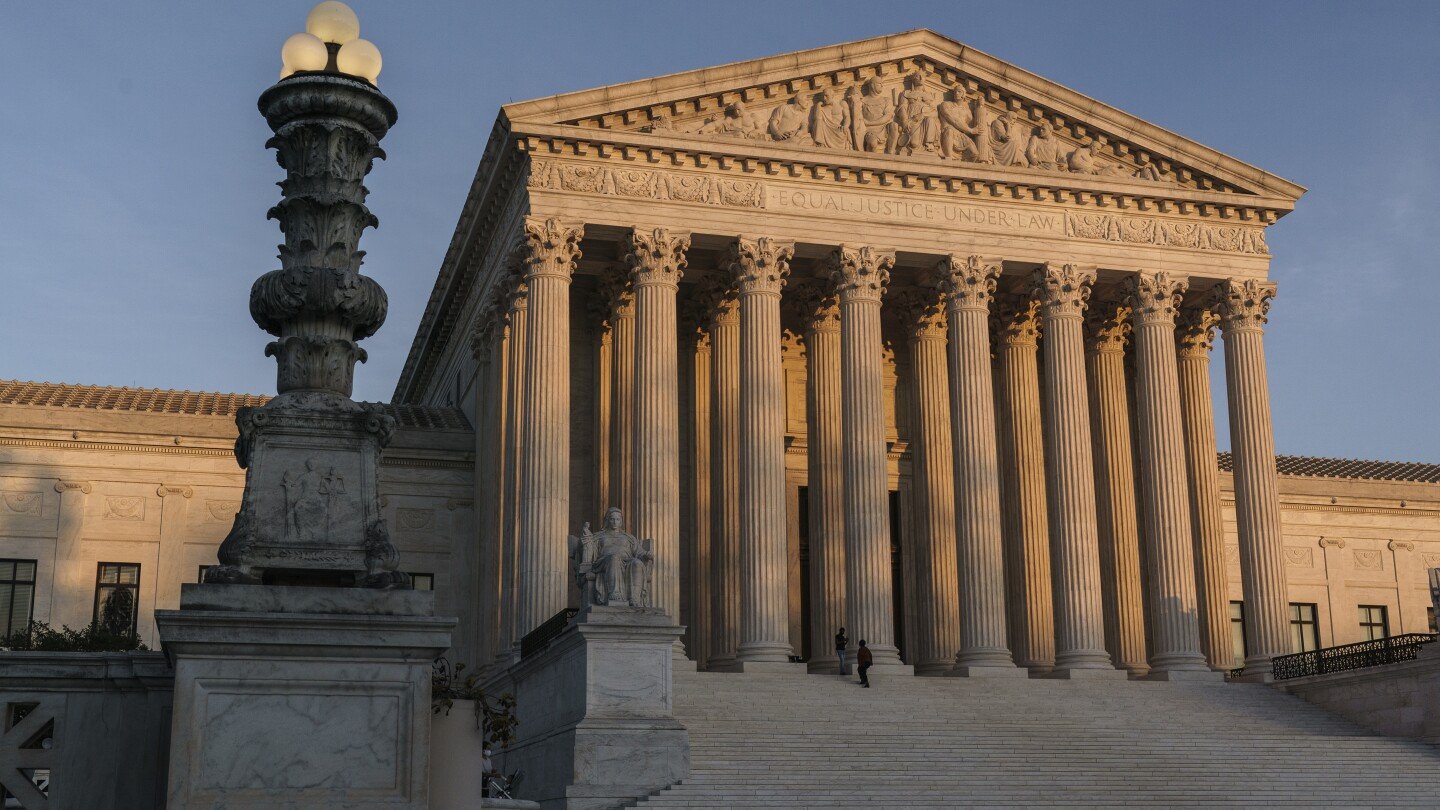WASHINGTON (AP) — Donald Trump has already appointed three justices to the Supreme Court. In his second term, he may have the opportunity to name two more, creating a Supreme Court with a Trump-appointed majority that could last for decades.
A decisive result relieves the court of having to wade into electoral disputes. It also appears likely to change the course of cases that come before judges, including those related to abortion and immigration.
The two older justices — Clarence Thomas, 76, and Samuel Alito, 74 — could consider stepping down knowing that Trump, a Republican, will nominate replacements who could be three decades younger than him and ensure conservative dominance of the court until mid-century. Or beyond that.
Trump will have a long list of nominees to choose from more than 50 men and women he has appointed to the federal appeals courts, including some former law clerks for Thomas and Alito.
If both men retire, they likely won’t do so right away to minimize confusion for the court. Justices David Souter and John Paul Stevens retired a year apart, in the first two years of Barack Obama’s presidency.
Thomas has said on more than one occasion that he has no intention of retiring.
But Ed Whelan, a conservative lawyer who was once a law clerk to Justice Antonin Scalia, wrote in National Review’s Bench Memos blog that Thomas will realize that the best way to burnish his legacy is for a like-minded justice to replace him and retire. Before the midterm congressional elections.
If Thomas remains on the court until his 80th birthday, in June 2028, he will surpass William O. Douglas as the longest serving judge. Douglas has been on the court for more than 36 years.
There was no guarantee that Republicans would have a majority in the Senate at that time, Whelan wrote, and Thomas saw what happened when one of his female colleagues did not retire when she could have. “But it would be foolish for him to risk repeating Ruth Bader Ginsburg’s mistake, which was to hang on only to die in office and be replaced by someone with an entirely different judicial philosophy,” Whelan wrote.
Ginsburg died in September 2020, less than two months before Joe Biden was elected president. Trump nominated Amy Coney Barrett to fill the vacancy, and a majority of Republicans pushed her nomination through the Senate before the election.
Barrett, along with Justices Neil Gorsuch and Brett Kavanaugh, other Trump appointees to the Supreme Court, joined Thomas and Alito to overturn Roe v. Wade and end the national right to abortion.
Along with Chief Justice John Roberts, conservatives have also expanded gun rights, ended affirmative action in college admissions, curbed the Biden administration’s efforts to deal with climate change, and weakened federal regulators by overturning a 40-year-old decision that had long served as Decision of business goal and conservative interests.
The court’s landmark decision did not end her abortion participation: The justices this year also heard cases involving emergency abortion in states that ban medical abortion and deny access to it.
The new administration appears likely to abandon Biden administration guidance that says doctors need to perform emergency abortions if necessary to protect a woman’s life or health, even in states where abortion is prohibited. This would end a case out of Idaho that judges sent back to lower courts over the summer.
What do you know about the 2024 elections:
Global media rely on the AP for accurate US election results. Since 1848, the AP has been calling races up and down the ballot. Support us. Donate to AP.
Access to the abortion drug mifepristone is also facing renewed challenge in lower courts. That lawsuit could have an uphill climb in the lower courts after the Supreme Court preserved access to the drug earlier this year, but abortion opponents have floated other ways the conservative administration could restrict access to the drug. This includes enforcing a 19th-century “anti-vice” law called the Comstock Law that prohibits the mailing of medications that can be used in abortion, although Trump himself has not stated a clear position on mifepristone.
Immigration cases are also mounting in the courts over the Obama-era Deferred Action for Childhood Arrivals program. Trump tried to end DACA in his first term, but his attempt was thwarted by the Supreme Court. Now, a conservative New Orleans-based appeals court is considering whether DACA is legal.
One of Trump’s first battles to reach the Supreme Court involved a ban on visitors from some Muslim-majority countries. The judges ended up approving the program after two reviews.
During the campaign, he talked about reinstating the travel ban.











